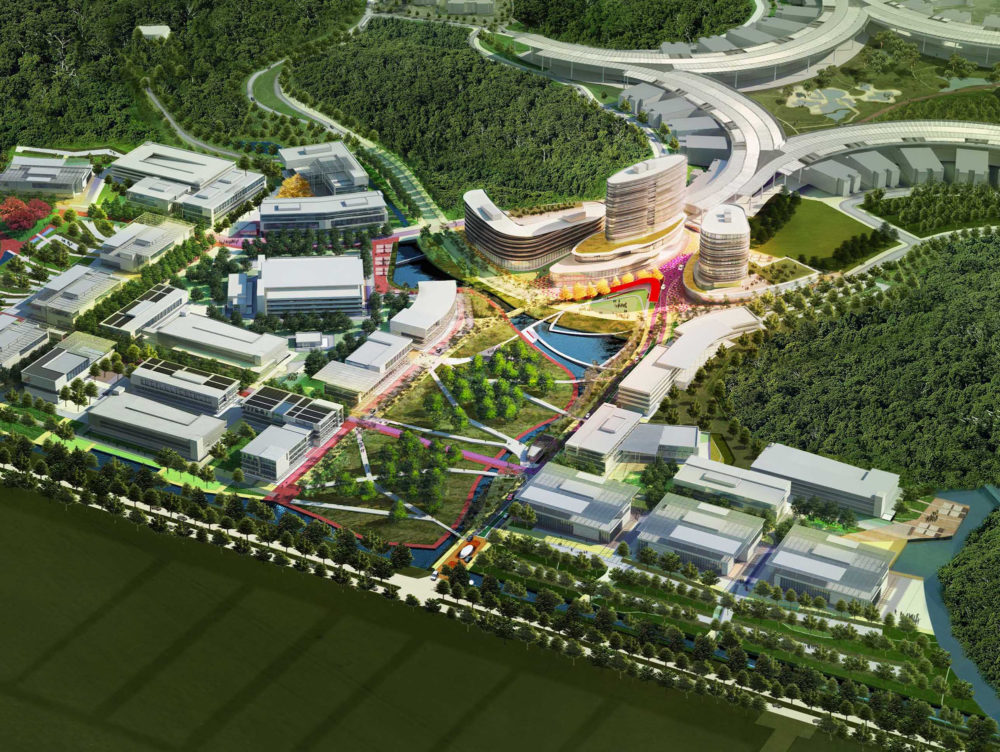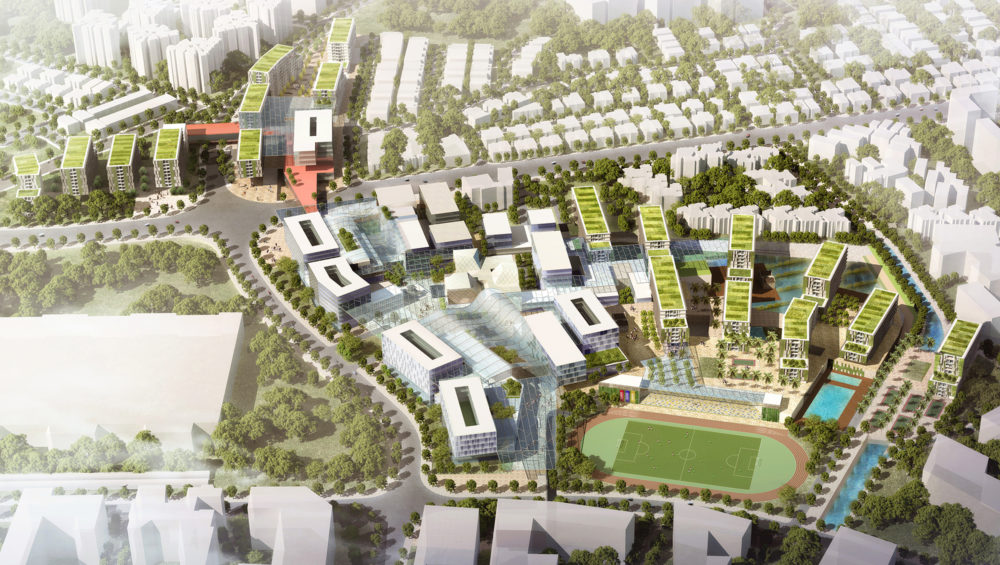Khalifa University of Science, Technology and Research at Masdar Master Plan
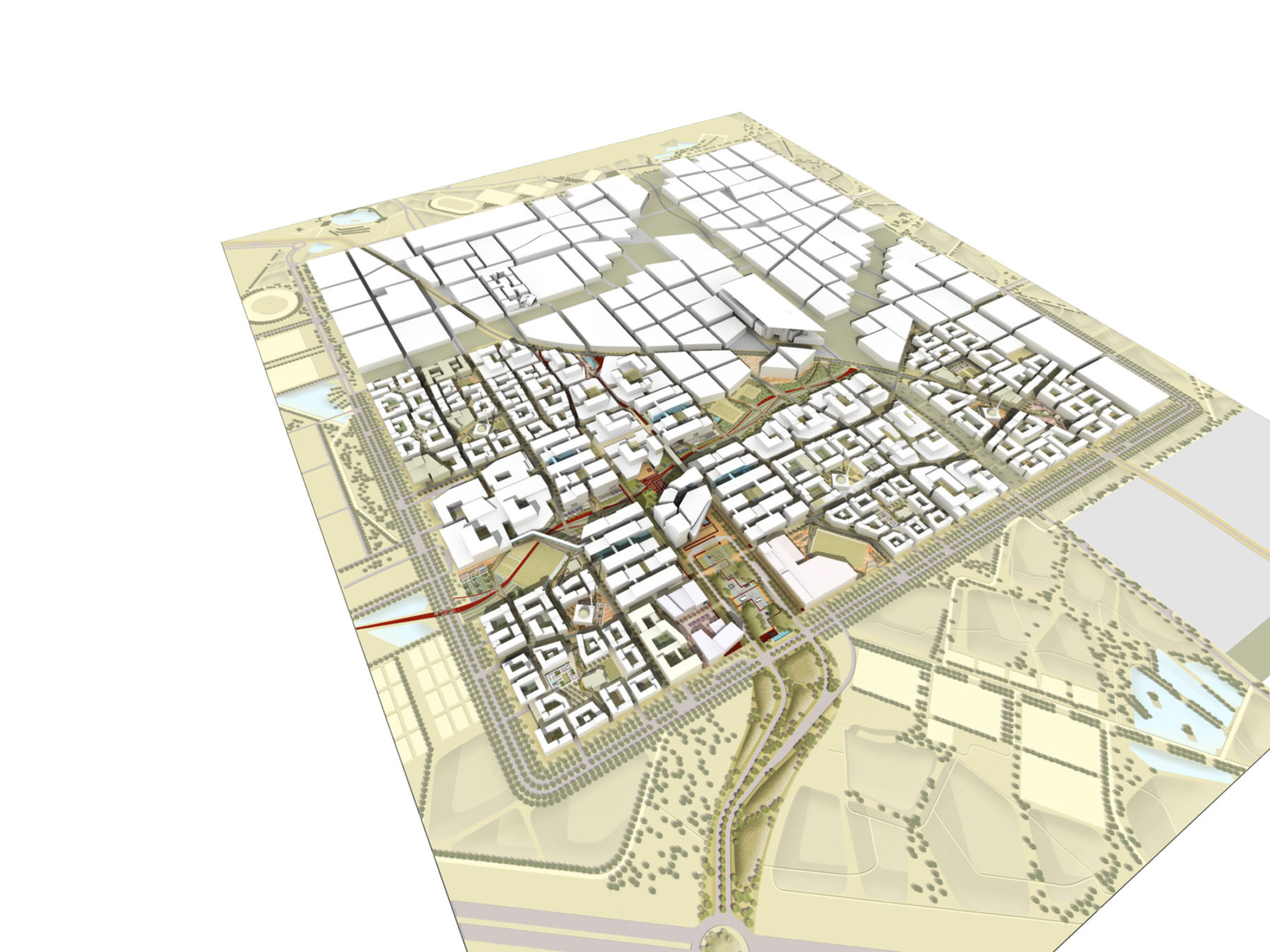
The Khalifa University of Science, Technology and Research (KUSTAR) will accommodate 6,000 undergraduate and graduate students in Masdar City in Abu Dhabi, UAE. The university’s primary mission is to lay the groundwork for a post-oil economy in Abu Dhabi. It will enable Emerati to become entrepreneurs and researchers who will help Abu Dhabi play prominent role in an economic reality. The university aspires to become the leading research institution in the region and achieve international recognition with a major emphasis on emerging fields of engineering and bio-medical science. KUSTAR strives to provide a modern urban community that moves away from more hierarchical and authoritarian traditional educational models that have dominated education in the Middle East, towards an education that emphasizes problem-solving and entrepreneurship. The coeducational campus must facilitate symbiosis between education and research and development.
Sasaki’s master plan for KUSTAR blurs the boundary between social and academic life. It emphasizes sustainability and Arabic and Islamic history in science and culture. A significant part of the student and faculty population will live in a series of neighborhoods that are connected to and integrated with the academic core and urban structure of Masdar. The campus itself will be fully integrated with Masdar, a newly planned sustainable city. Masdar is a compact composition of urban research and development infrastructure—a blueprint for a sustainable, socially vibrant, mixed-use community. Sasaki’s master plan incorporates the goals of Masdar—as well as Sasaki’s own experience in and commitment to sustainability—in considering waste, energy, water and transit infrastructures as well as other contributing aspects such as lifestyle, cultural heritage, climate, and biodiversity.
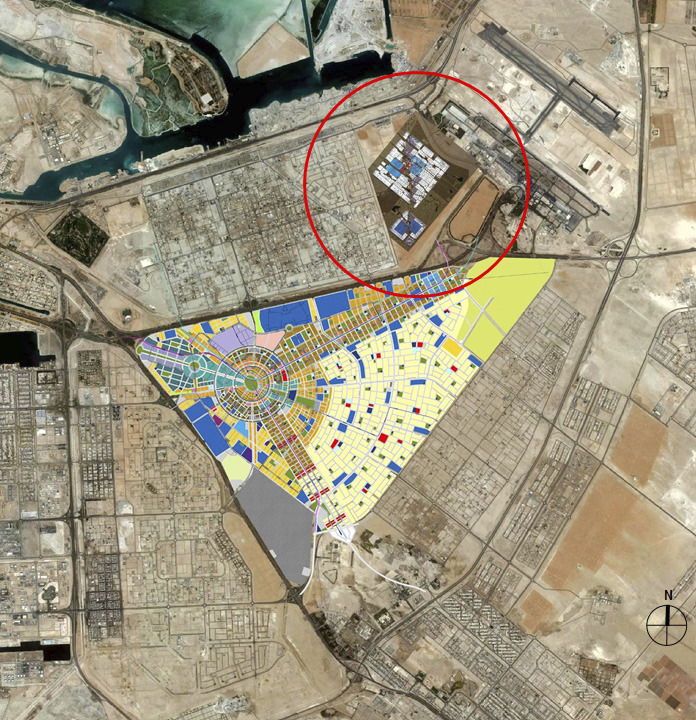
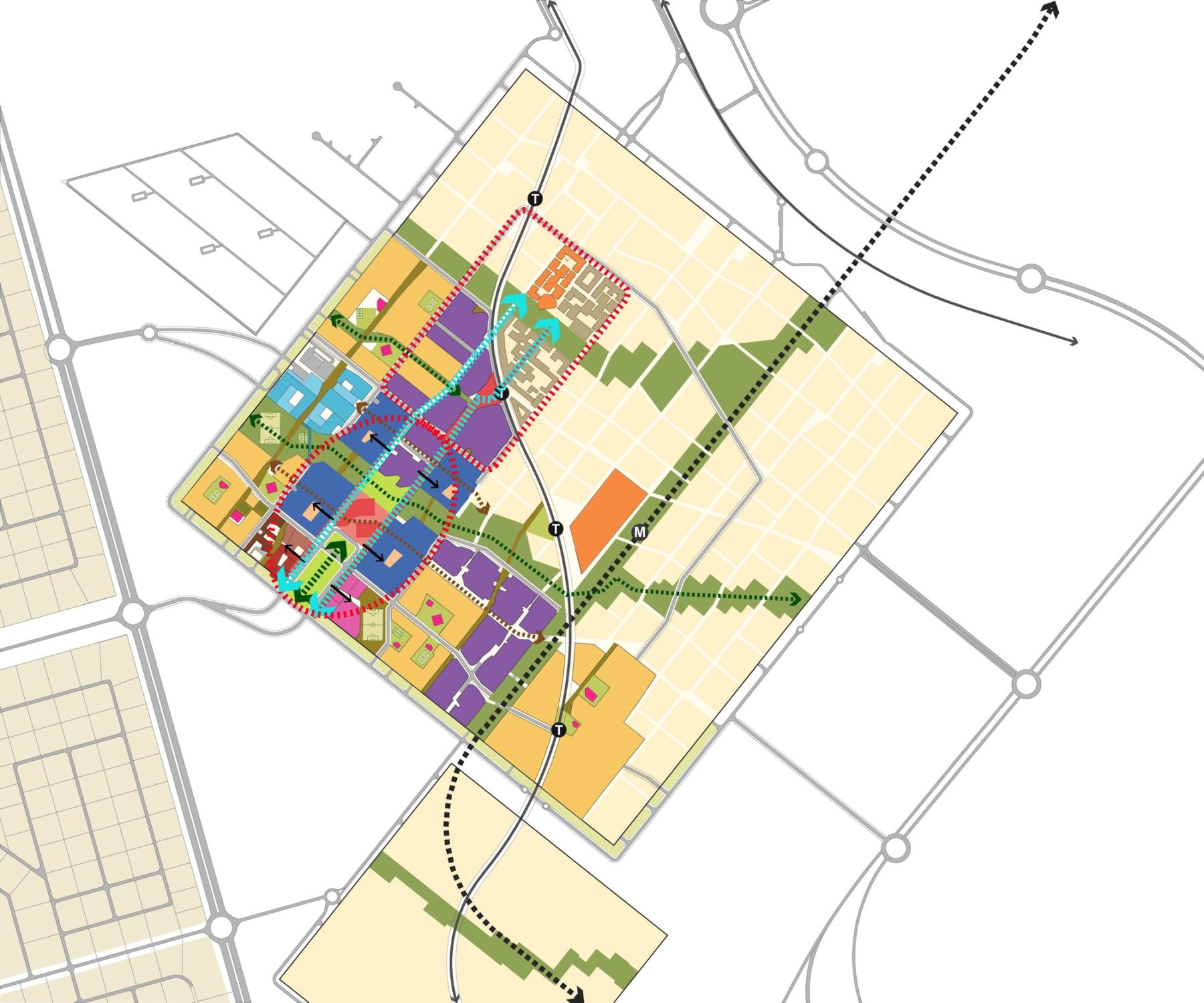
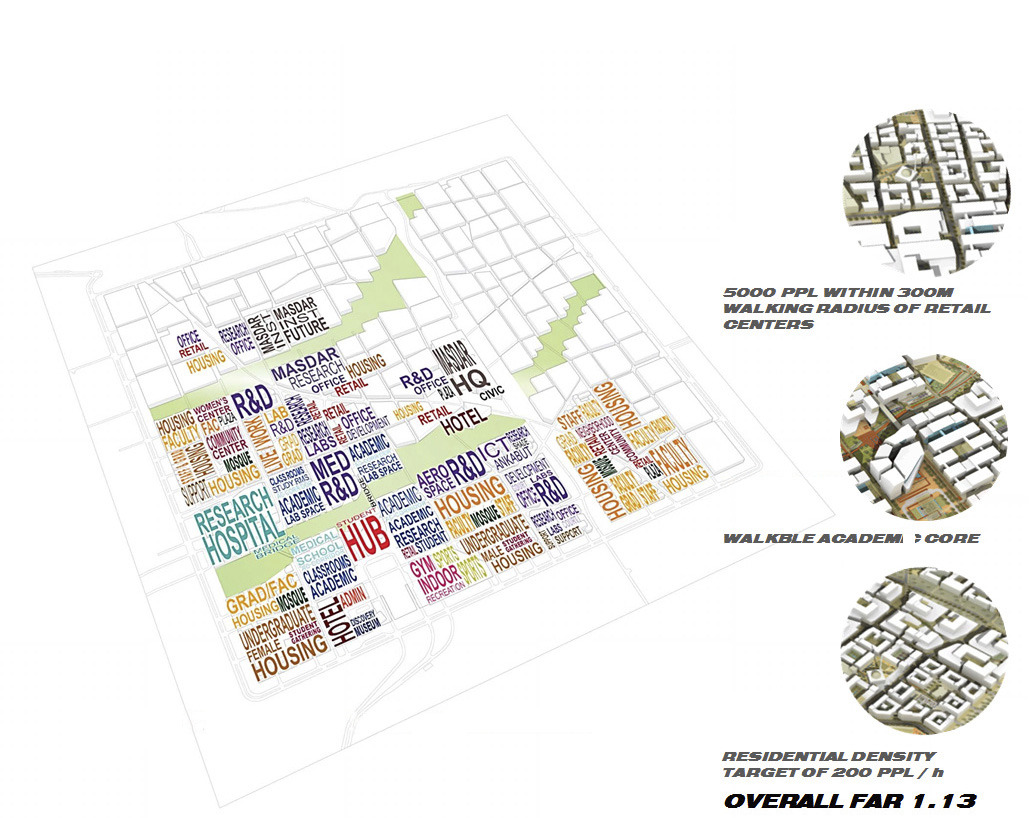
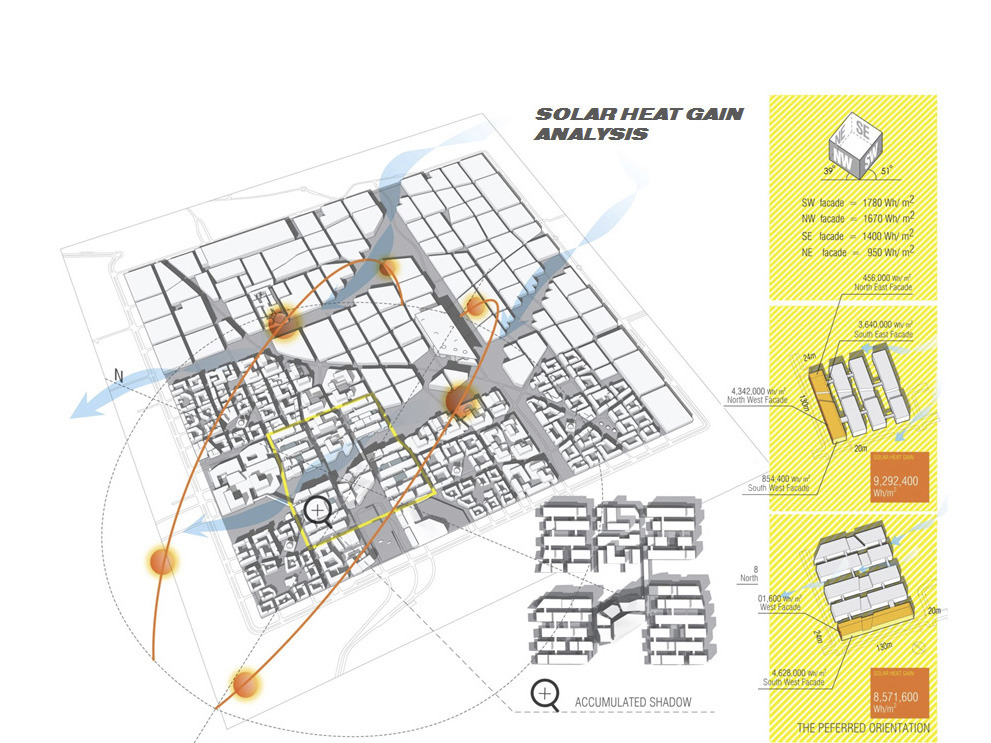

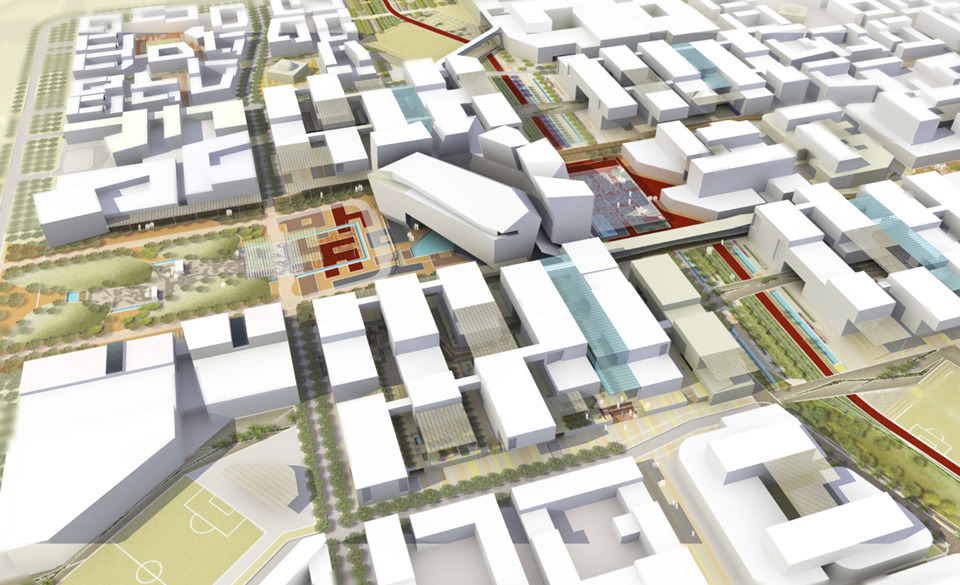
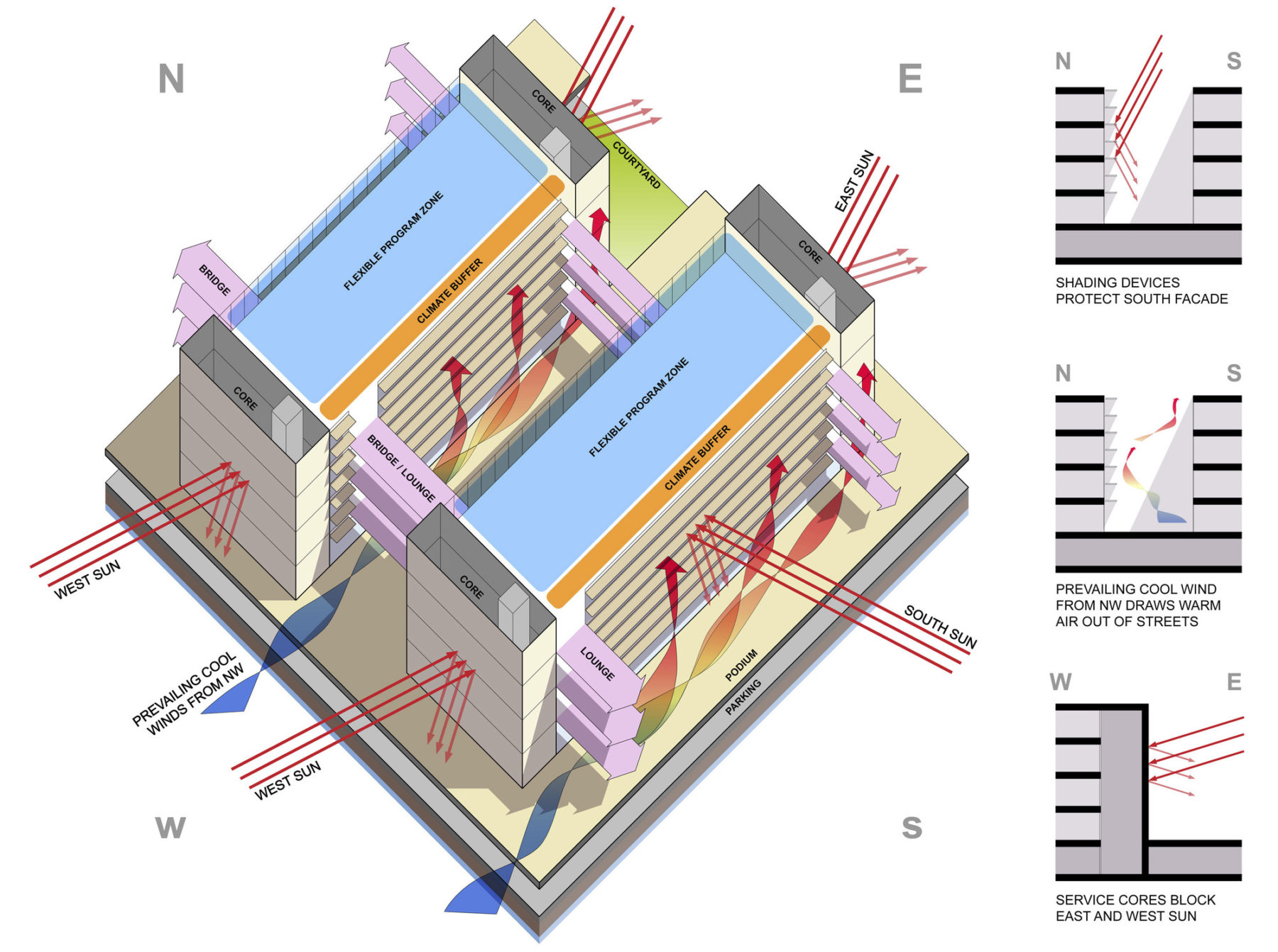
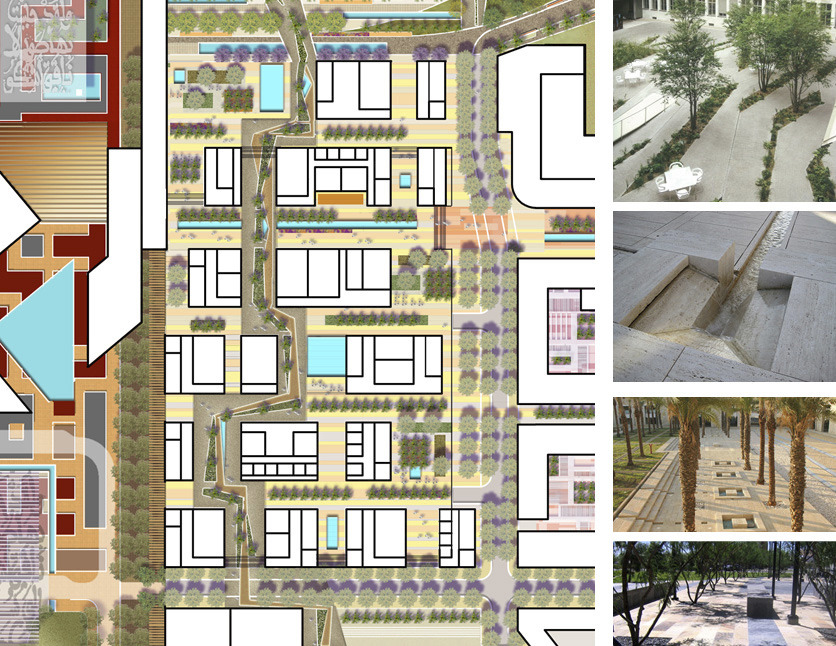
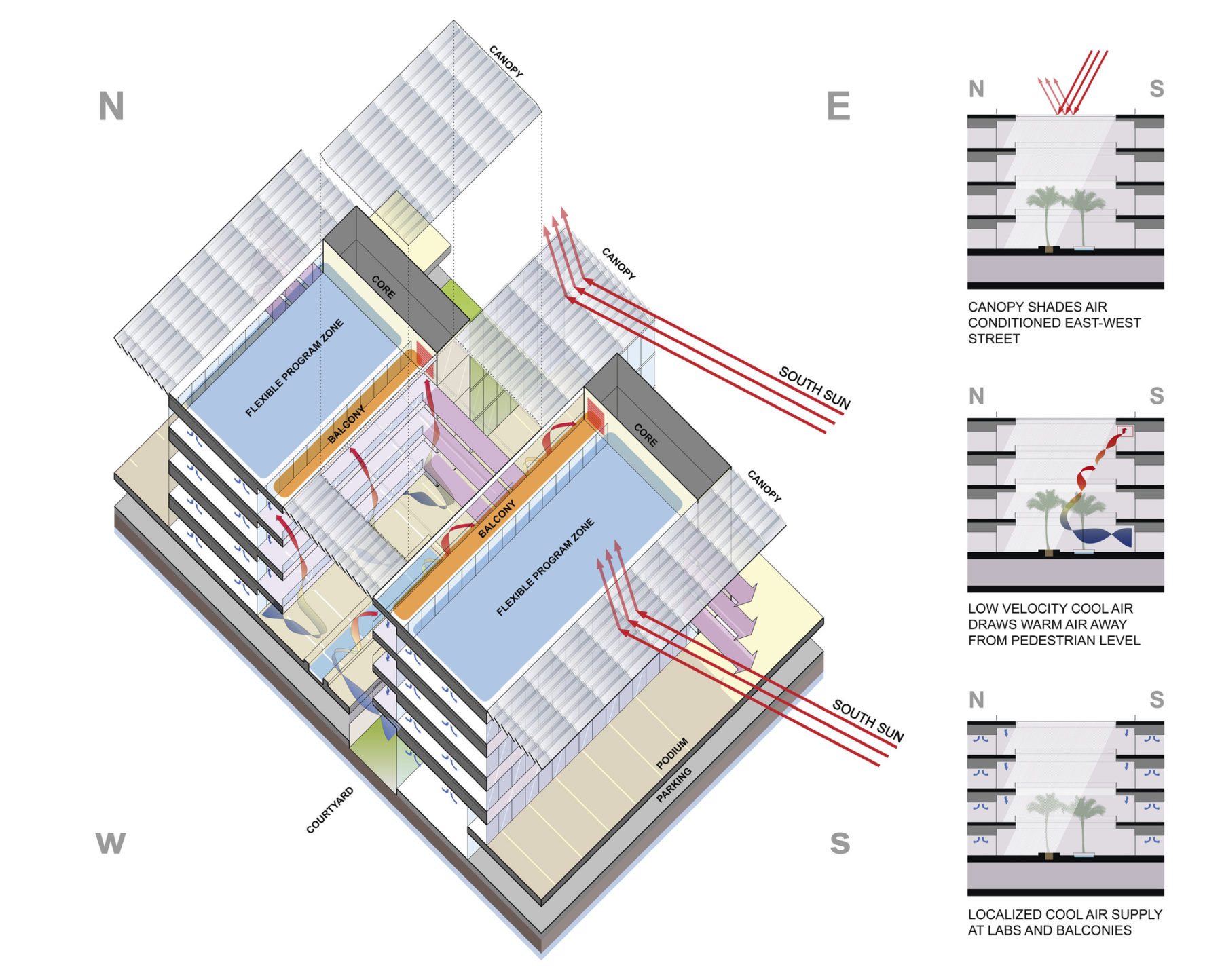
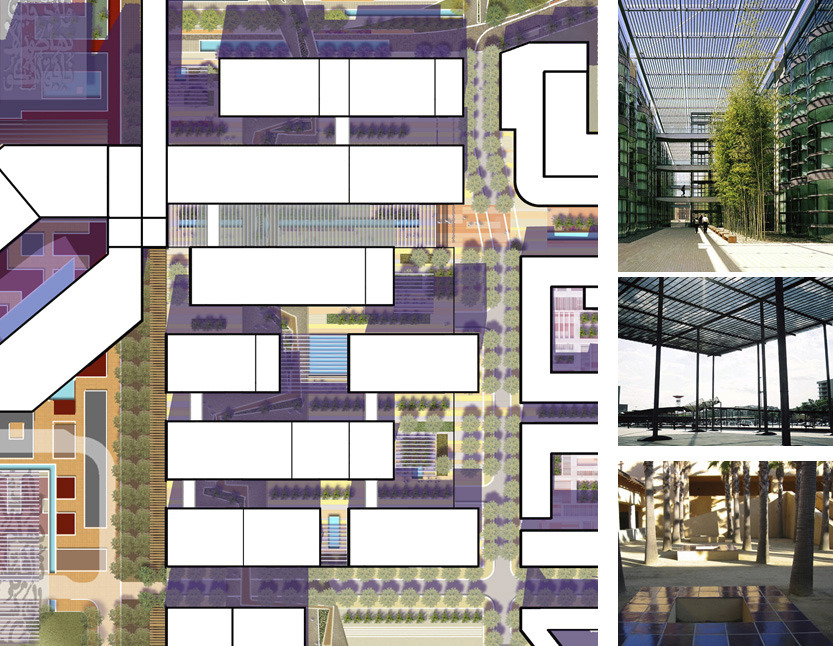
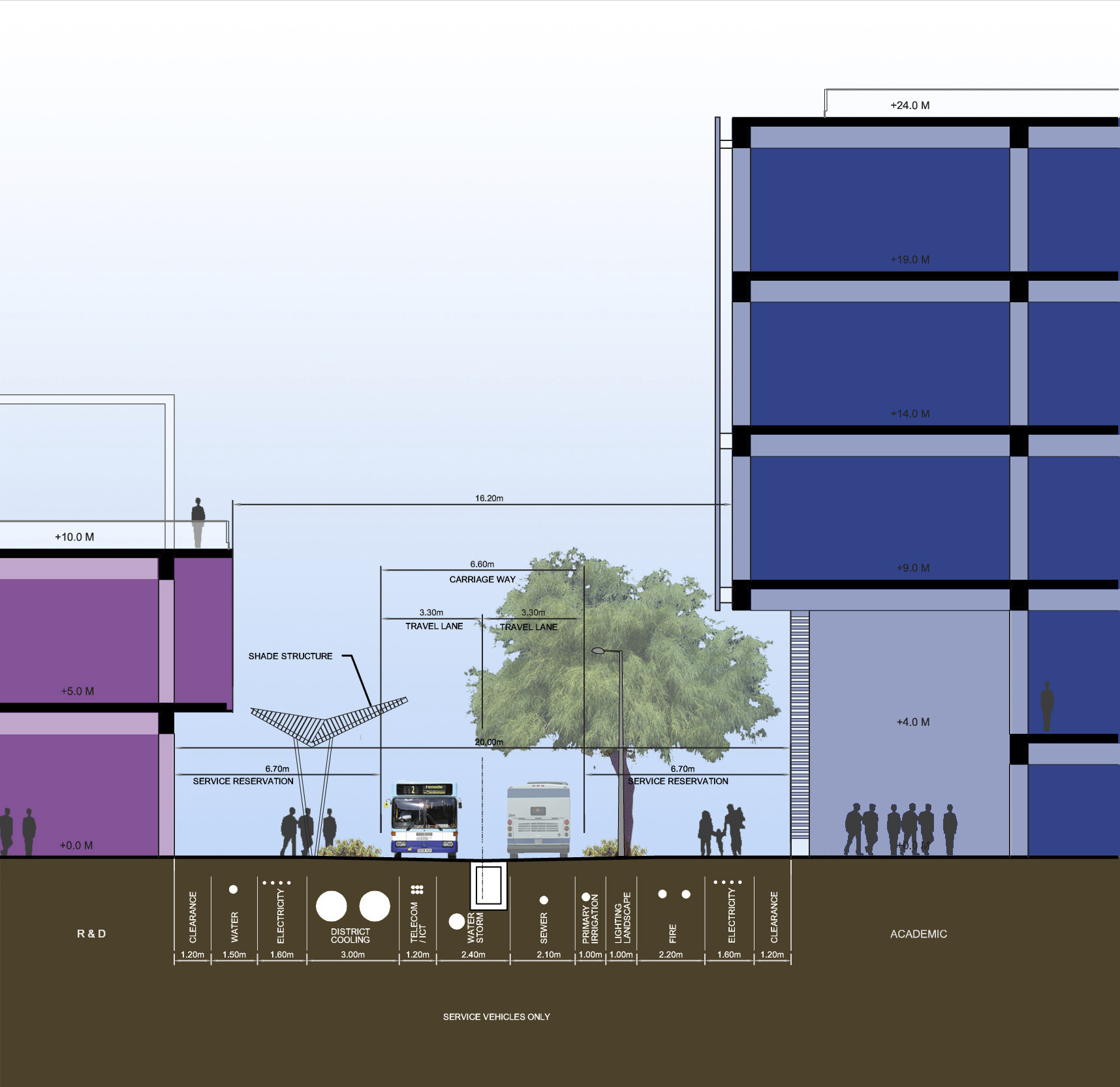
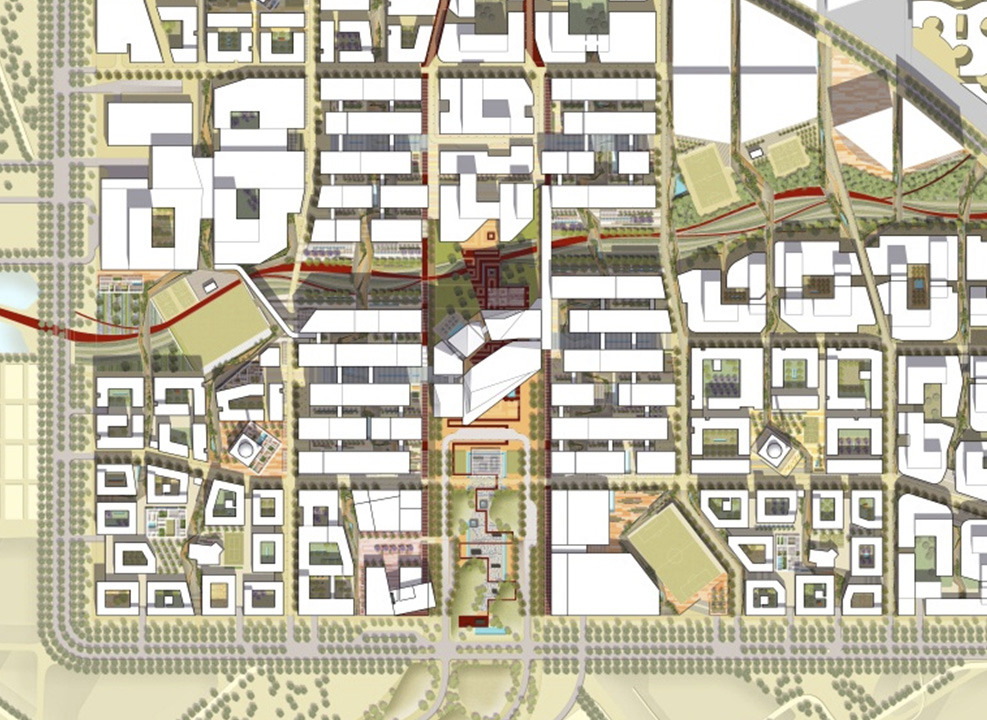
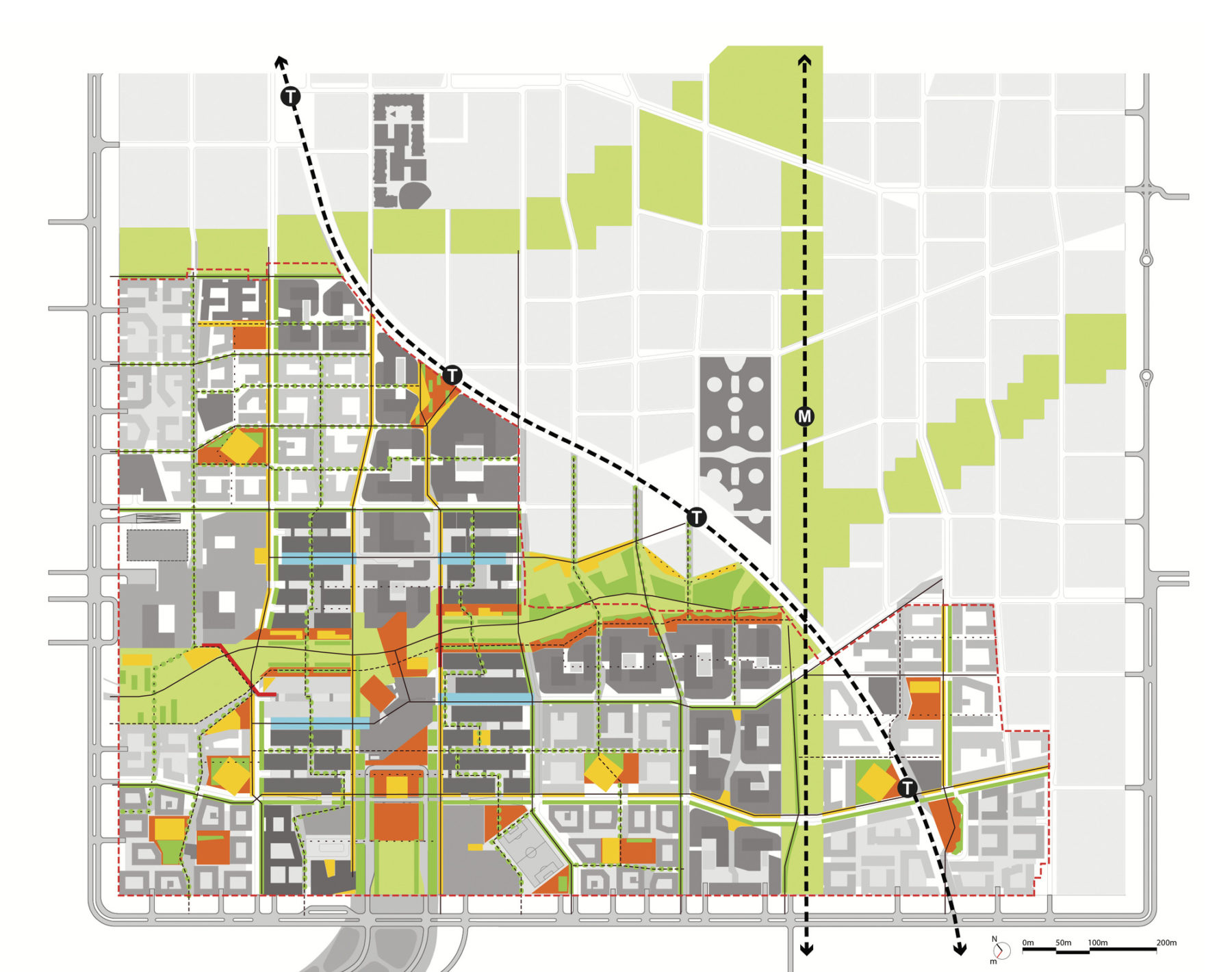
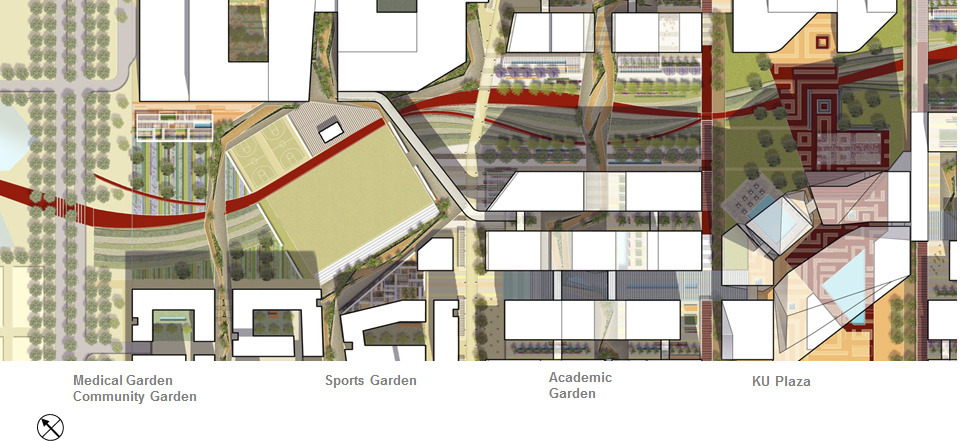
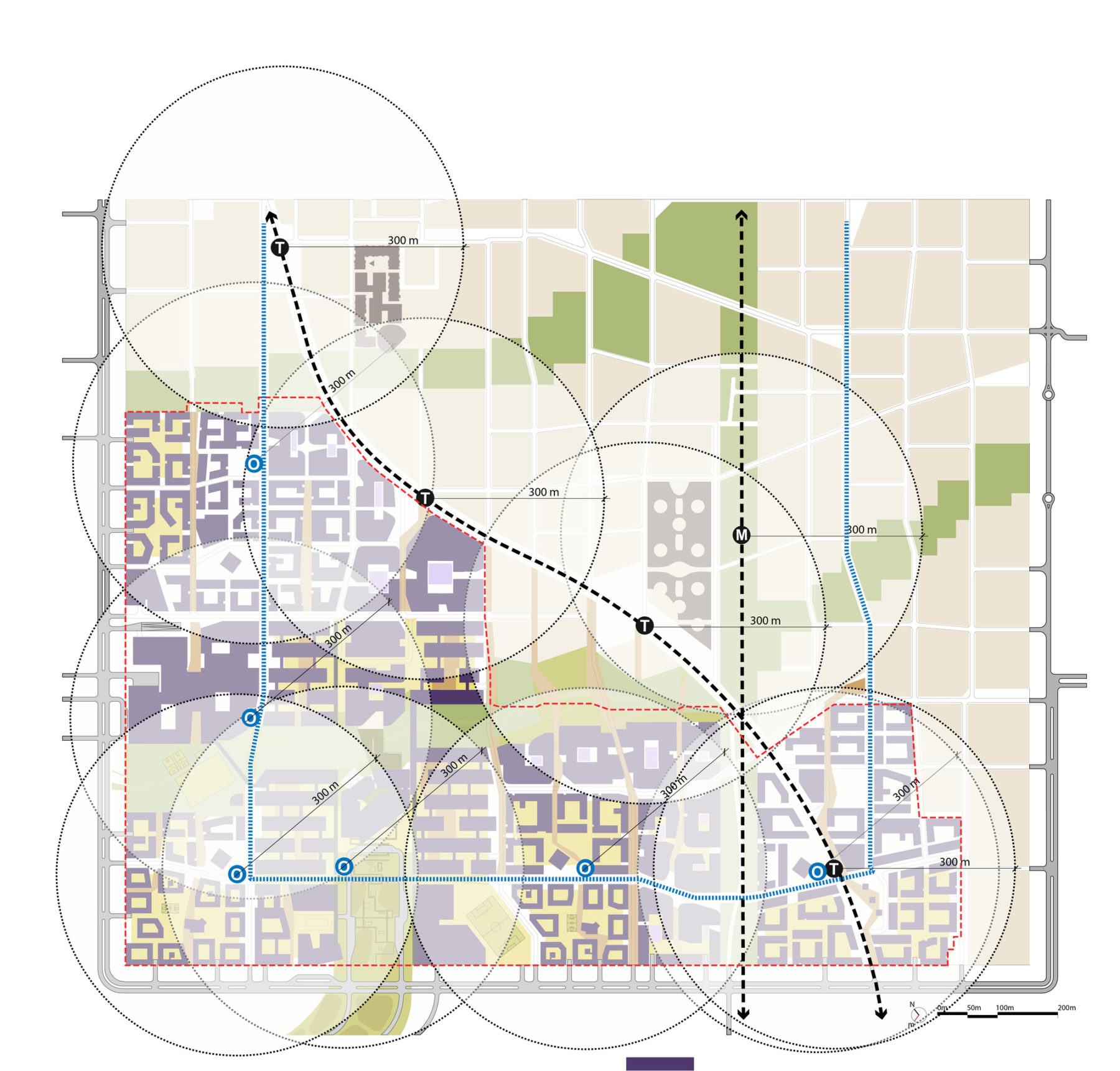
For more information contact Dennis Pieprz.

